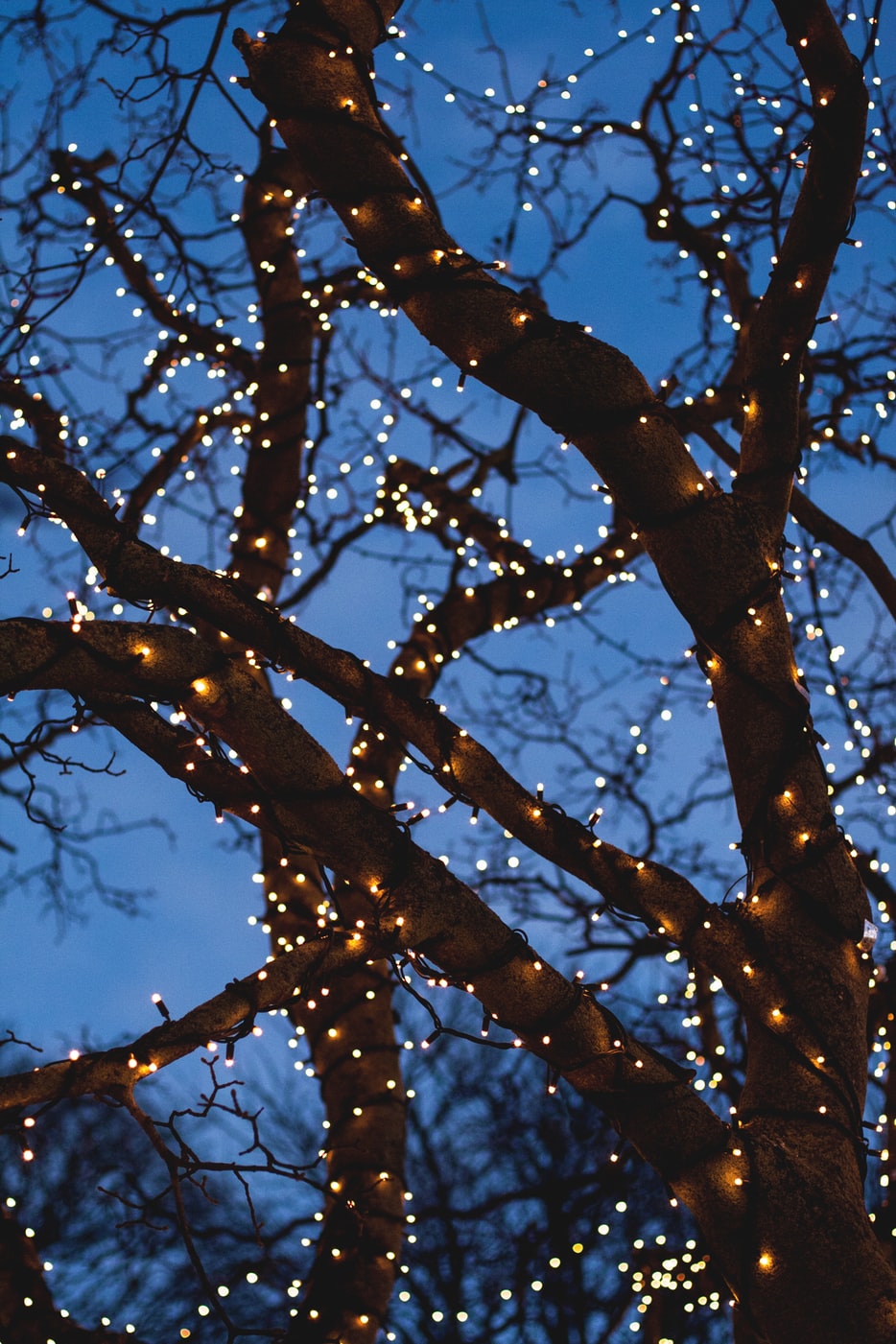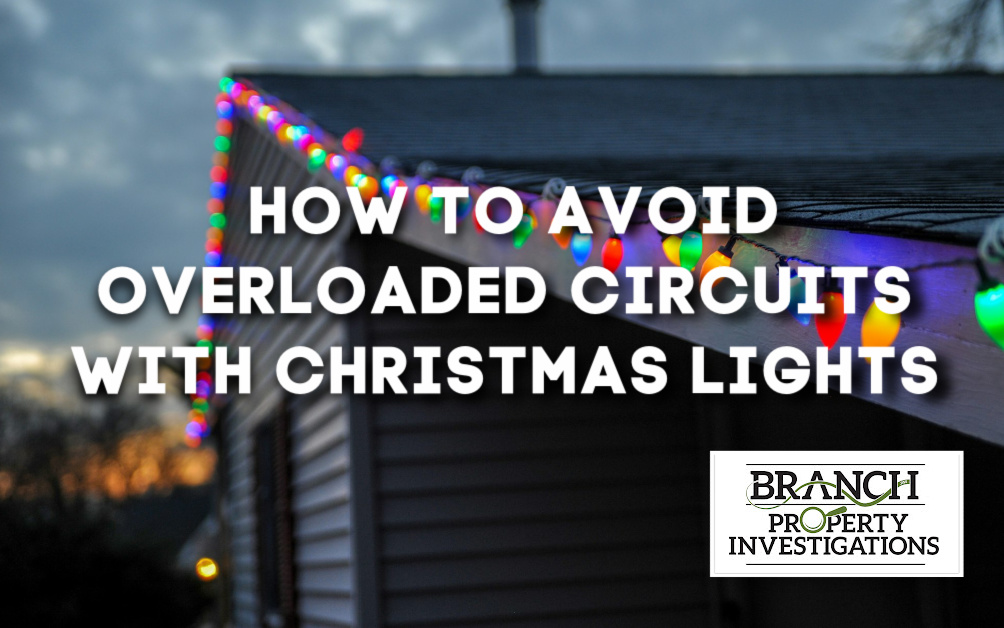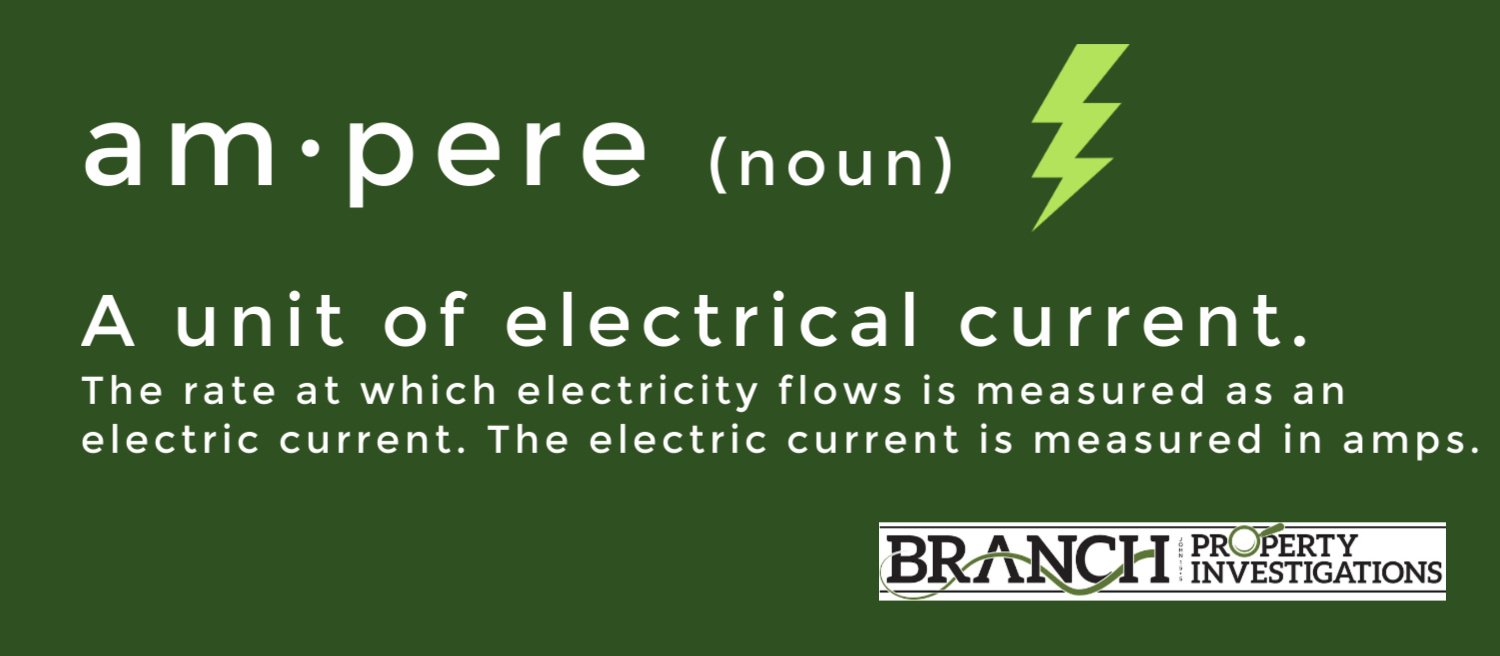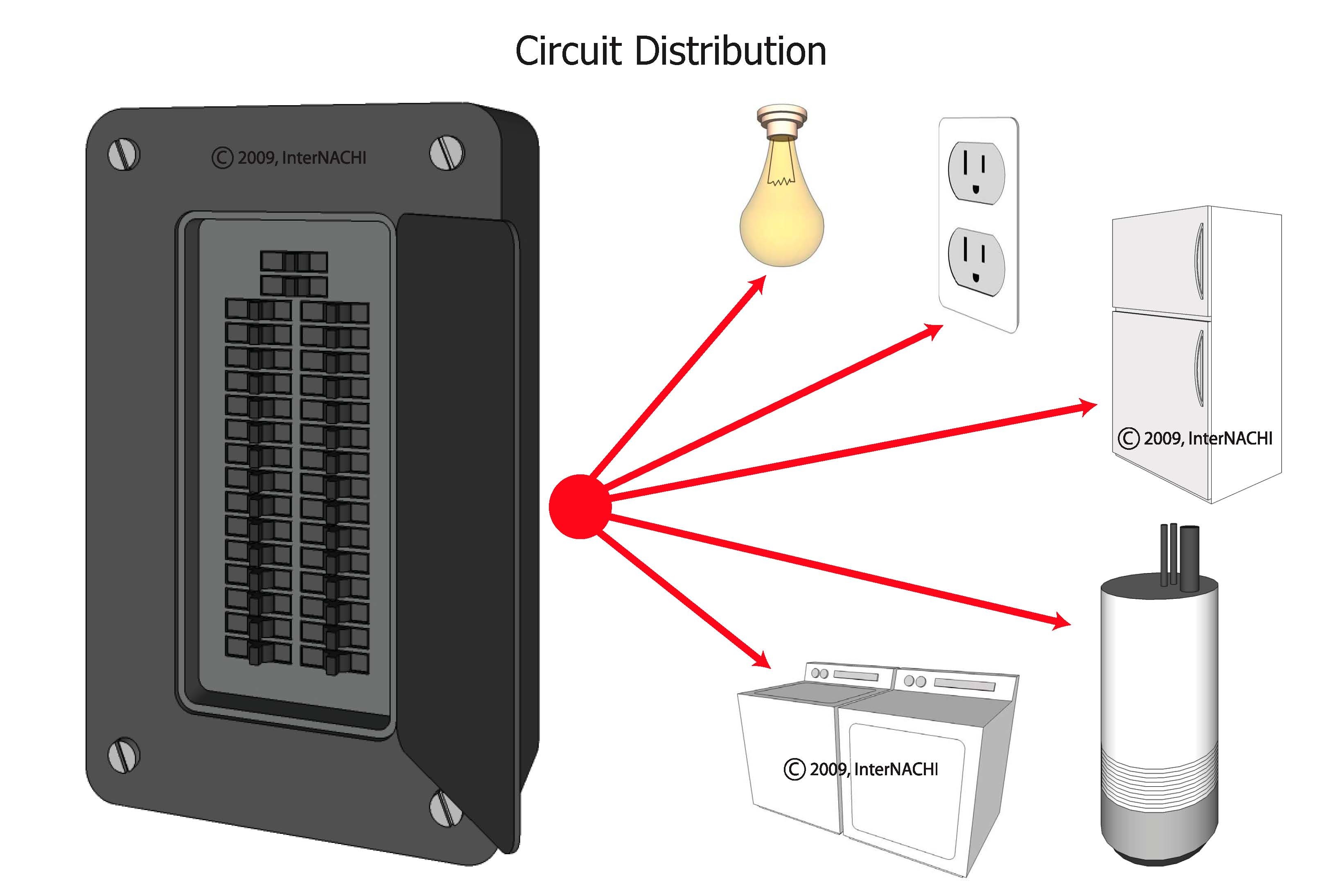If your goal is to take your holiday lights display to the next level, you might want to consider the risks involved with an overloaded circuit. It’s unlikely you’ll cause a blackout to your entire city. However, you certainly can pop a few breakers and even create a fire hazard. The danger of overcrowding an outlet to accommodate Christmas lights is easily preventable. You’ll be much merrier knowing your display is perfectly safe!
What is an Amp?
Before we talk numbers, let’s clarify what “amps” means so you know what your circuit can handle. Ultimately, this will determine how many strings you can use with each outlet.
Standard household electrical outlets are on circuits that are rated for at least 15 amps of electricity. Some rooms are built with 20-amp circuits like kitchens, bathrooms, and laundry rooms. Lighting circuits are usually 15-amps and often include outlets.
What Does the Amp-Rating Mean?
An amp-rating tells you how many lights and other devices the circuit can handle without tripping its circuit breaker. It’s advisable not to load a circuit over 80 percent. This means a 20-amp circuit can safely handle 16 amps. A 15-amp circuit can safely handle 12 amps. By adding up the amperage draw of your lights, you’ll know how many you can put on a single circuit.
How Do I Calculate the Amperage?
Check for the amperage on your light sets’ packaging. If that’s long gone, check the tag or plug on the light cord. Once you see the amperage rating, you’re all set. If you’re only provided the wattage, divide the wattage number by 120 to find the amperage. For example, if a light string uses 250 watts, the amperage draw will be 2.08 amps (250/120 = 2.08). You could get away with six of these strings on a single circuit, but five is a safer bet. If the Christmas lights are sharing the same circuit as another appliance, then there will be less power available for the lights.
How Many Christmas Lights Can I String Together, End-to-End?
Ideally you should follow the instructions on the package of the lights you are buying. The number of lights you can string together is determined by the UL (Underwriter’s Laboratory), an independent safety company. Fortunately, they’ve already done the math for you!
How Can I Tell Which Outlet Is On Which Circuit?
A single circuit may be serving several outlets and/or light fixtures. If you suspect you’re getting close to overload, divide the lights among two or more circuits. You can identify which outlets are on which circuits by switching off one breaker at a time. Then, check each outlet for power. Any outlet that has no power is on that circuit.
The Safest Bet: Separate Electrical Circuits
If you plan on putting up a lot of Christmas lights, I recommend running separate electrical circuits dedicated to the lights. This will give you peace of mind knowing there is nothing else competing in the circuit.
LED Christmas Lights are a Bright Idea! 
LED lights continue to increase in popularity because they are roughly 75 percent more efficient than conventional incandescent lights. Although it’s not cheap to invest in all-new Christmas lights, abandoning your old-style lights to LEDs will make your electrical load more than seven times smaller! Your holiday electric bill will decrease as well. There’s a great resource at Christmas-Light-Source.com. You can use their Energy Cost Calculator to see how much you’ll spend on electricity to run your specific lights.
I wish you all the best in your decorating endeavors… enjoy your lights but most of all, be safe!





